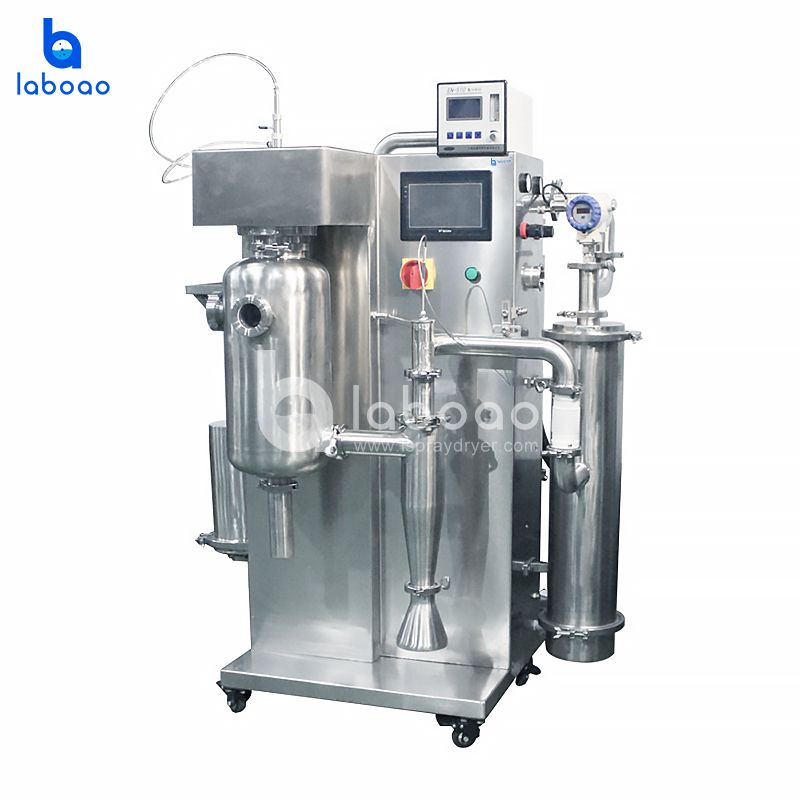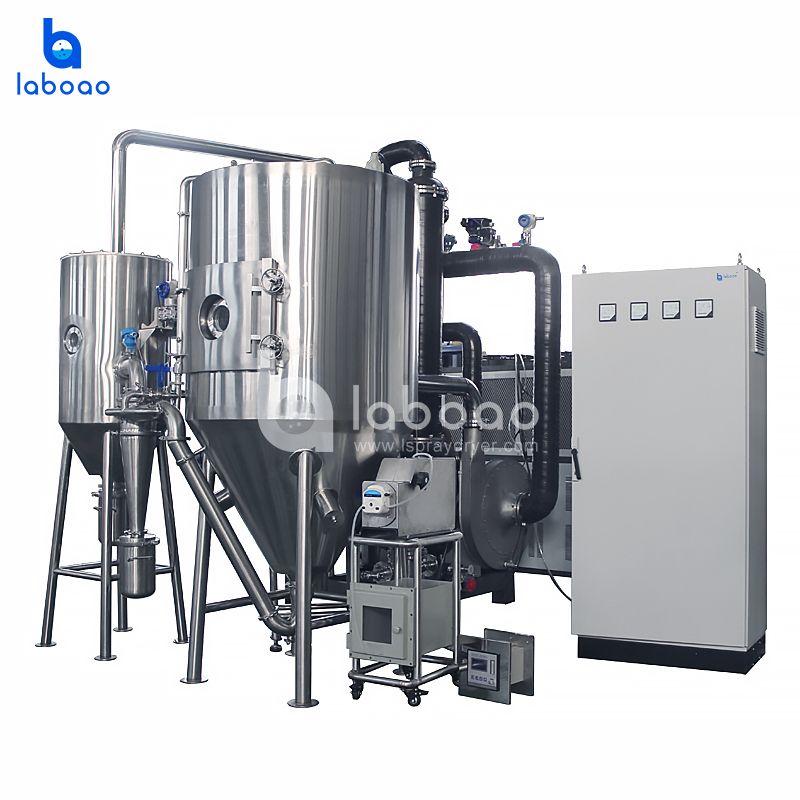OVERVIEW
1. Explosion-proof system:
The first layer of nitrogen explosion-proof: According to the nature of the inert gas of nitrogen, the entire pipeline adopts nitrogen circulation, and the system can operate normally only when the oxygen content is below 3%.
The second layer of industrial control is explosion-proof, the pressure is higher than 3000pa, the safety valve is opened, and the pressure can be released. For detailed industrial control process, please consult the factory technical engineer.
The explosion-proof plate on the third layer is explosion-proof. When the pressure in the drying tower system rises abnormally, the explosion-proof plate on the top of the tower will automatically open to vent the explosion.
The fourth layer is explosion-proof for the whole machine, with a ventilation system inside (optional), suitable for harmful gases.
2. Applicable products:
Non-oxidizing ceramics, superhard alloys, high-efficiency battery materials. Seasoning, healthy food. Pharmaceuticals, vitamins, organic medicines. Synthetic resins, waxes, etc.
2 Overall structure (subject to the final design of LABOAO)
The equipment is mainly composed of: feeding system, heating system, atomization system, spray drying system, inert gas circulation system, product recovery system, and condensation system.
2.1 Feed system
Including: batching tank, solvent tank, feeding peristaltic pump, feeding pipeline, atomizer, firstly put the prepared slurry into the batching tank, after stirring evenly, driven by the peristaltic pump, the slurry reaches through the pipeline valve The atomizer, the atomizer needs to be equipped with Shanghai Qiaofeng's special explosion-proof atomizer nozzle, and the life of the nozzle is guaranteed for one year.
2.2 Heating system
The heating system consists of a nitrogen-electric heating system. The closed heating element directly heats the drying medium (nitrogen) in the pipeline and passes through a set of pressure regulating control devices. The temperature control accuracy is within ±2°C
2.3 drying tower
The drying tower includes: tower body, explosion-proof lighting, gas distributor, temperature control equipment, pressure relief device, air inlet pipeline, air outlet pipeline, oxygen content measurement sensor and other components, and a filter device needs to be installed inside the air inlet pipeline; After the atomized slurry is heated by the hot air, the slurry is volatilized and dried to become a powder that falls to the outlet at the bottom, and the gas is discharged from the exhaust pipe for closed-circuit circulation.
2.4 Product recovery system
The gas discharged from the bottom of the drying tower contains powder and organic solvent vapor, which is recovered by a filter device, the powder and organic solvent gas are separated, the powder is recovered, and the organic gas enters the condenser for recovery and reuse.
2.5 Gas circulation system
The gas cycle is completed by a set of circulating fans. The drying medium is output from the circulating fan, flows through the condensing device, electric heater, drying tower, cyclone separator or bag filter, and high-temperature-resistant high-efficiency filter, and then returns to the circulating fan for reuse, that is, Form a gas circulation system.
2.6 Condensing system
The condensing system consists of a refrigeration unit, a condenser, a refrigerant circulation pump, a filter, a heat exchanger and connecting pipelines. The "wet" gas (including evaporated organic solvent vapor) discharged from the dust collector enters the condenser, and the gas is cooled by the condenser to remove the liquid and then returns to the gas circulation system. After the organic solvent vapor is condensed and recovered, it is controlled by the liquid level at the bottom of the condenser The device automatically drains into the solvent tank.
2.7 Atomization system
The system adopts the hard contact of mechanical structure, without any gasket, and without leakage. Different from ordinary electric centrifugal nozzles, the overheated corrosive steam contacts the electric wires of the electric nozzles for a long time, thereby corroding the wires, causing the plastic skin on the surface of the wires to corrode, soften and fall off, thus forming a short circuit.




